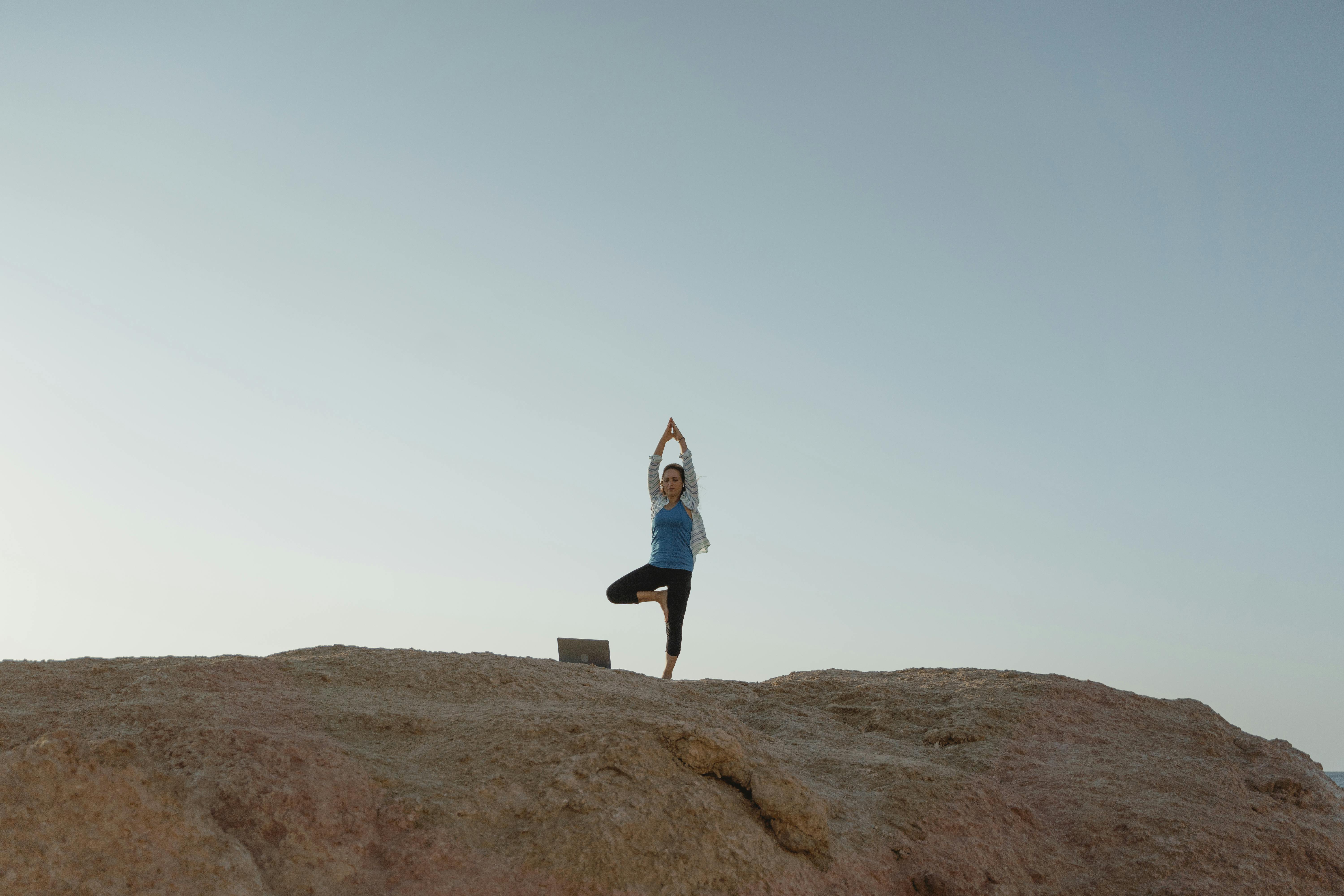Why do most teenagers have more flip flop sandals than other shoes? Much has been published about the dangers of wearing flip flops every day, but this generation continues to wear them on a daily basis.
Biomechanical engineers in the UK have promoted (and backed up their claim with real science) the “Fit Flop” as a way to tone your butt, legs, calves and thighs while walking. Refreshingly, a side effect of wearing “Fit Flops” appears to be decreased stress on the feet, legs, and back, reducing wear and tear and some common pains.
Why is this? The “Fit Flop” is designed much like a “barefoot tech” shoe. It makes the muscles that stabilize the foot work harder and, over a period of time, can make your feet stronger. The common flip-flop actually accentuates pronation, the rocking of the feet that causes fatigue and biomechanical stress on the feet and lower legs. This can lead to overuse injuries such as plantar fasciitis and posterior tibial tendinitis, which are commonly known as “arch fatigue” or “fallen arches.” Flip-flop sandals also increase stress on the big toe joint and can accelerate the formation of Hallux abducto valgus, also known as “bunion” formation. The different midsole densities actually speed up the propulsion phase of the gait, decreasing stress on the big toe joint and reducing injury. Those people who suffer from bunions can make them their daily footwear!
The makers of “Fit Flops” have good science behind their claim to increase muscle activation by 10-12% and it was verified by an independent lab outside of their company. Consumers should be cautioned to use “Fit Flops” gradually due to delayed muscle soreness that occurs just like the beginning of an exercise routine.
Is the “Fit Flop” the answer to your training problems? Can your foot problems be a thing of the past? Not even close, no shoe can do that! They can help you burn a few more calories during your daily routine, but heart fitness can never be achieved this way. A new sandal, effective as it may be, cannot replace your daily exercise routine. Don’t skip your training. Maybe a curvier calf muscle or a slimmer thigh, but just walking in a sandal can’t achieve real fitness.
Can anyone use a “Fit Flop”? Care should be taken when choosing any shoe. It is important to evaluate the type of foot. The “Fit Flop” is not for you if you have a significantly flexible flat foot due to the destabilizing technology built into the sandal which can actually accentuate stress injuries in this type of unstable foot. If you need foot orthotics, the “Fit Flop” is probably not for you.
Bottom line: “Fit Flops” are a good alternative to the common flip-flop sandal, but they should be worn gradually. Pay attention to any tiredness on your feet! If you have any foot pain or injury, visit your podiatrist and ask for advice on your ability to wear Fit Flops.



